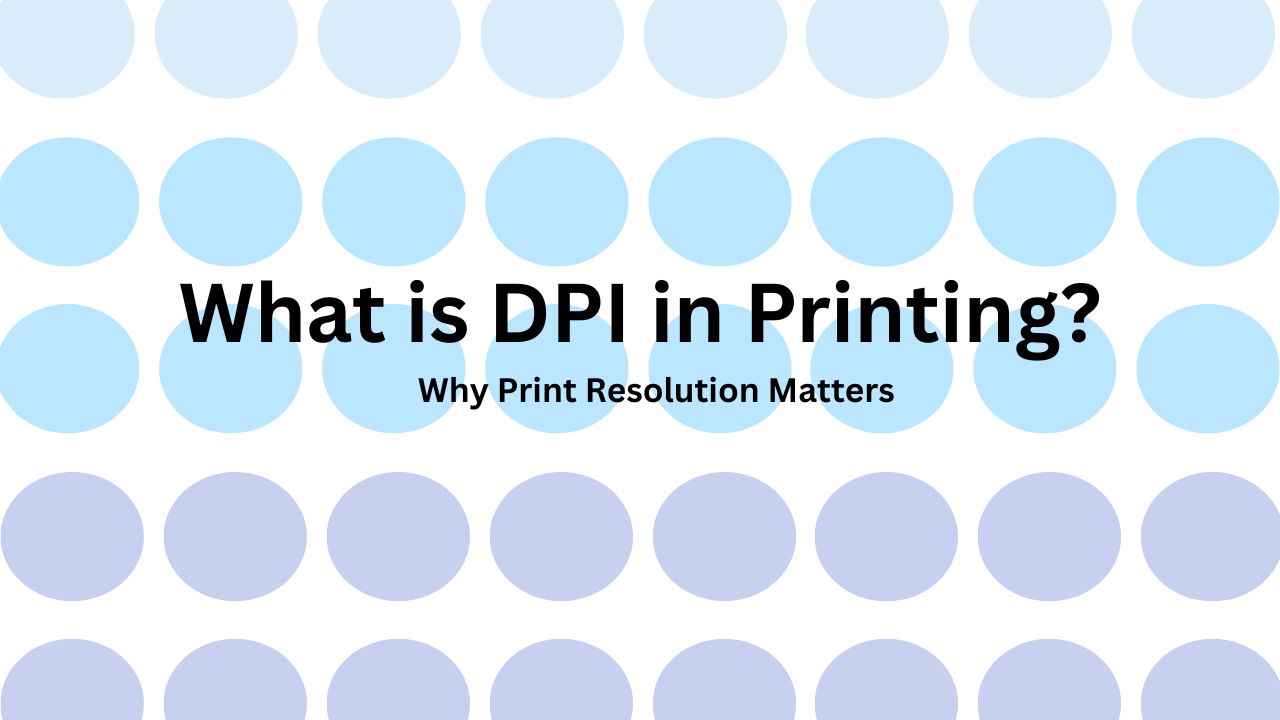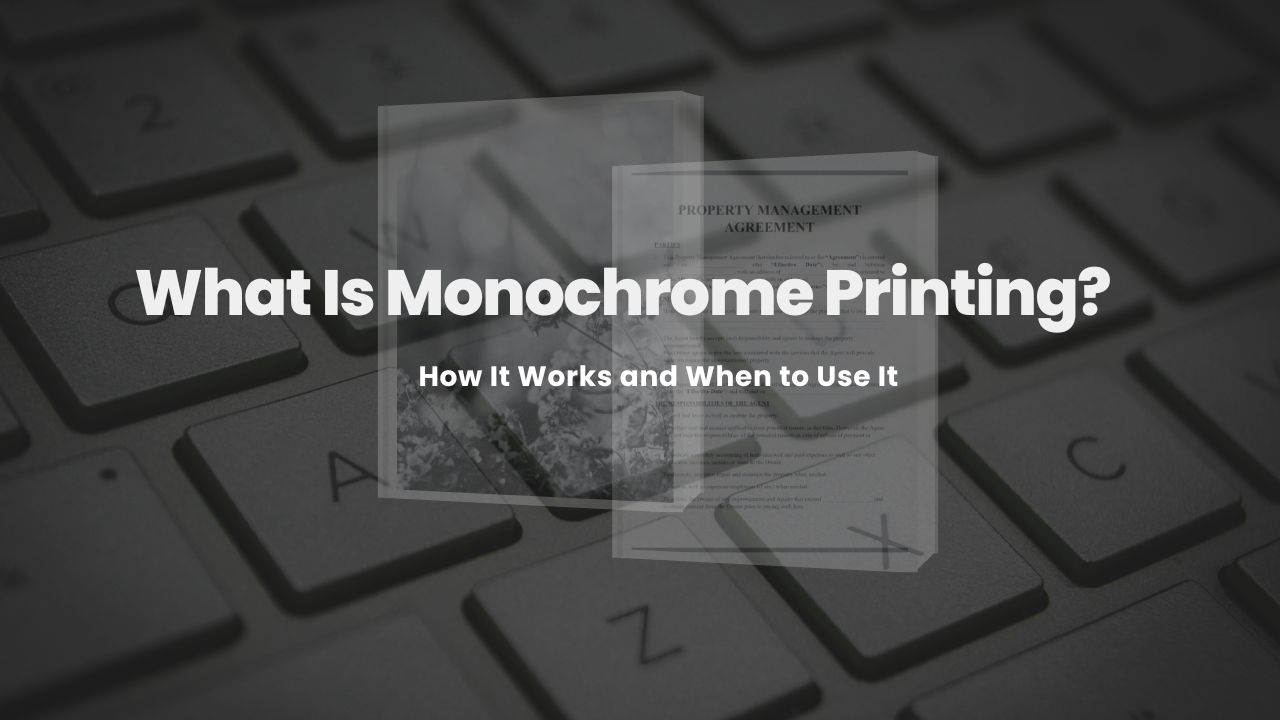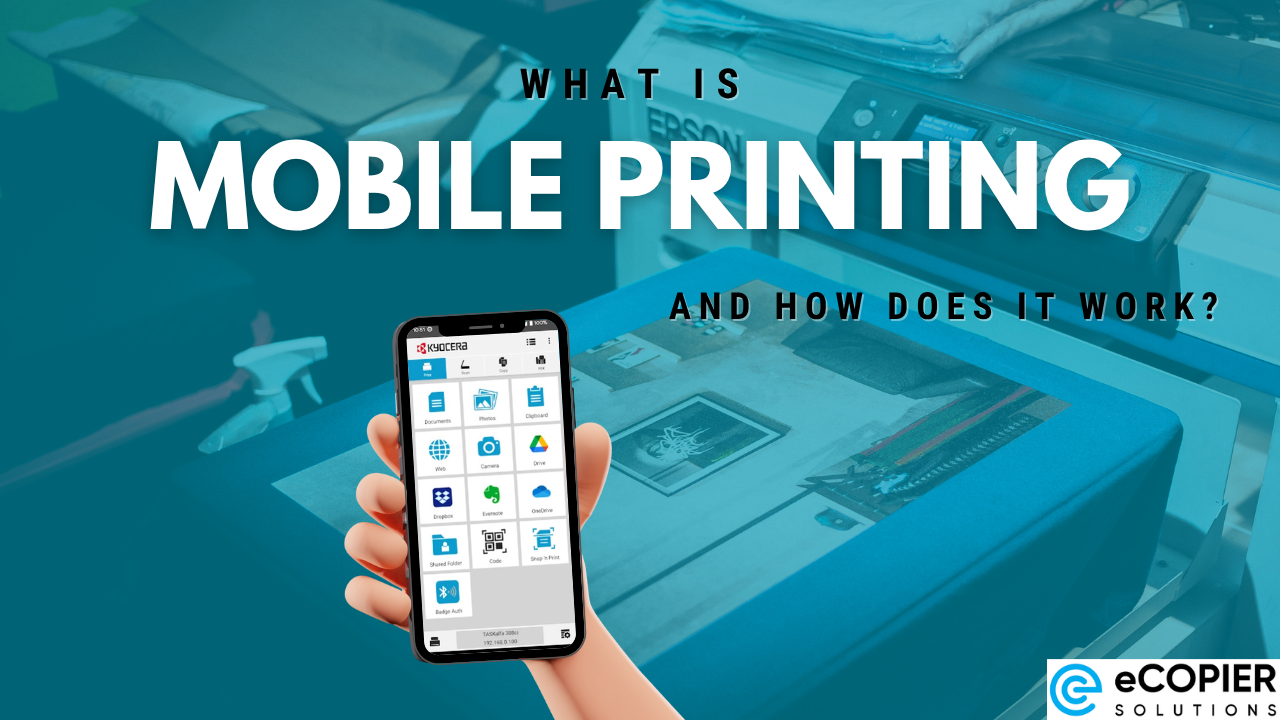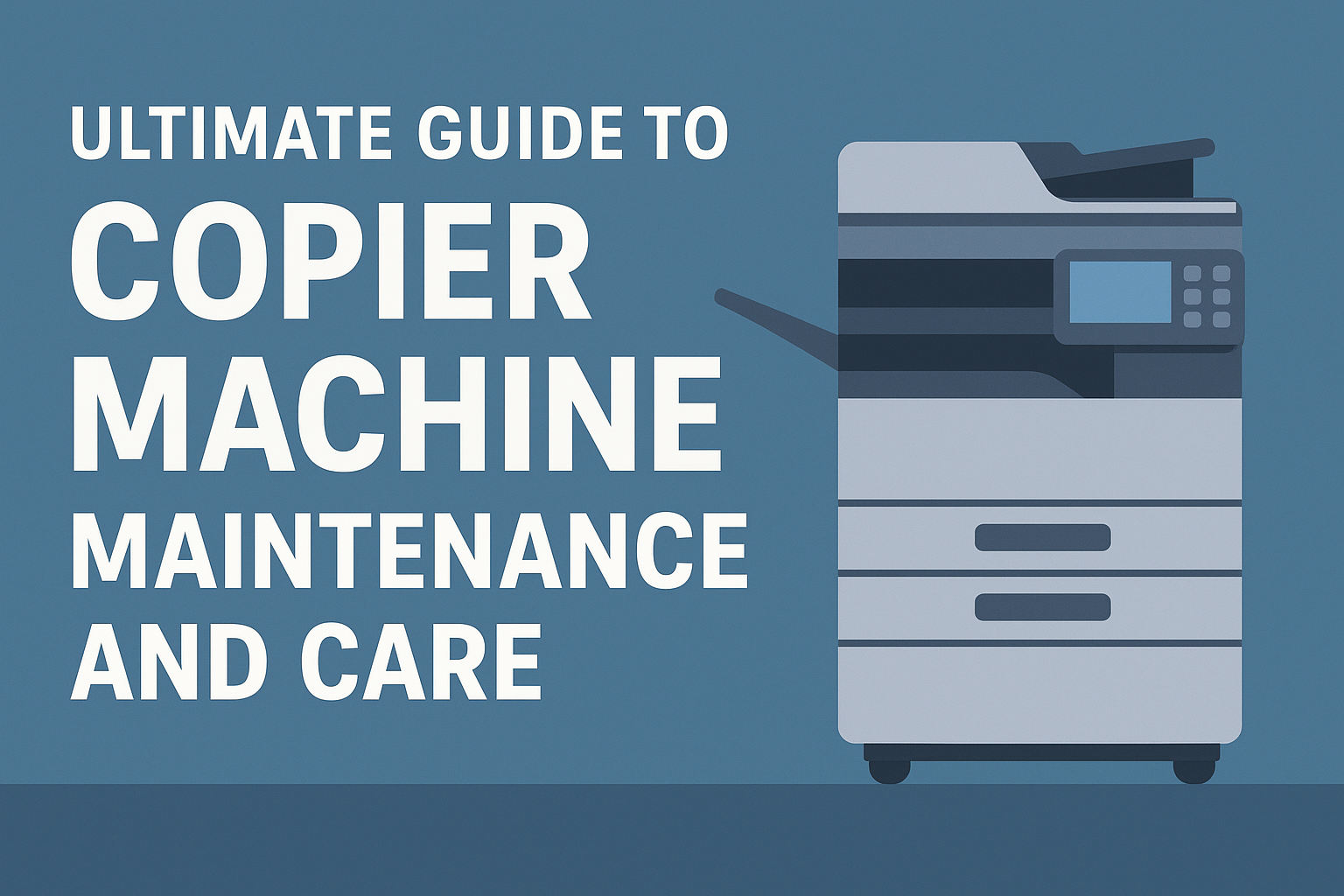The Importance of Data Security
In the realm of safeguarding sensitive information, the synergy of encryption and access control plays a pivotal role. These two pillars of data security work in tandem to fortify data integrity, protect privacy, and ensure compliance with regulations.

Introduction to Encryption and Access Control
Encryption serves as a safeguarding mechanism that converts data into an unreadable format, making it unintelligible to unauthorized entities. On the other hand, access control dictates who can access specific resources and under what conditions. When combined, encryption and access control establish robust layers of defense that enhance data security and confidentiality.
By incorporating encryption and access control into data management strategies, organizations can fortify their defenses and mitigate the risks associated with data breaches and unauthorized access. The seamless integration of these security measures not only bolsters data protection but also fosters a culture of compliance and accountability within the organization.
Understanding the fundamental principles of encryption and access control is crucial in today's data-driven landscape, where the protection of sensitive information is paramount. By delving into the benefits and functionalities of these security measures, organizations can proactively safeguard their data assets and uphold the trust of their stakeholders.
Understanding Encryption
When it comes to safeguarding sensitive information, encryption plays a pivotal role in ensuring data security. In this section, we will delve into the fundamental concepts of encryption, including what it entails and how it functions within the realm of data protection.
What is Encryption?
Encryption is a process of encoding data in such a way that only authorized parties can access and decipher it. By converting plain text information into a coded format, encryption ensures that even if unauthorized individuals intercept the data, they cannot interpret its contents without the corresponding decryption key.
The primary objective of encryption is to protect the confidentiality and integrity of data, making it unreadable to anyone who doesn't possess the necessary decryption key. This secure method of information transmission is crucial in safeguarding sensitive data across various platforms and communication channels.
How Encryption Works
At its core, encryption involves using complex algorithms to transform plaintext data into ciphertext, which appears as a scrambled, unintelligible sequence of characters. This process relies on encryption keys, which are essentially mathematical values that govern the encryption and decryption procedures.
When information is encrypted, it undergoes a transformation based on the unique encryption algorithm and key combination. To decrypt the ciphertext and revert it to its original form, the recipient must possess the corresponding decryption key. Without this key, the encrypted data remains indecipherable, thereby ensuring the confidentiality and security of the transmitted information.
Encryption serves as a powerful tool in mitigating cybersecurity risks and fortifying data protection strategies. Understanding the underlying principles of encryption is essential for organizations and individuals looking to secure their sensitive information and uphold the integrity of their digital assets.
Exploring Access Control
In the realm of data security, access control plays a pivotal role in safeguarding sensitive information. Understanding what access control entails and the different types available is essential for implementing robust security measures within an organization.
What is Access Control?
Access control refers to the practice of regulating who can view or use resources within a system or environment. It is a security measure that dictates permissions and restrictions for individuals or entities based on predefined criteria. By enforcing access control, organizations can prevent unauthorized users from accessing confidential data and ensure that only authorized personnel have the necessary permissions to view or modify information.
Types of Access Control
Access control mechanisms can be categorized into several types, each serving a specific purpose in managing and securing access to resources. Some common types of access control include:

By implementing the appropriate type of access control, organizations can establish a secure environment where data confidentiality, integrity, and availability are upheld. Access control measures work in tandem with encryption technologies to create a multi-layered defense against unauthorized access and data breaches.
Benefits of Encryption
When it comes to safeguarding sensitive information, utilizing encryption in conjunction with access control can provide a robust layer of security. Let's explore the key benefits of encryption in data protection, compliance requirements, and secure communication.
Data Protection
Encryption plays a vital role in protecting data from unauthorized access. By converting meaningful data into unreadable ciphertext, encryption ensures that even if data is intercepted, it remains indecipherable to unauthorized parties. This level of data protection is essential for maintaining the confidentiality and integrity of sensitive information, such as personal details, financial records, and intellectual property.
Compliance Requirements
In today's regulatory landscape, compliance with data protection standards is paramount. Encryption helps organizations meet various compliance requirements by ensuring that sensitive data is securely stored and transmitted. From GDPR to HIPAA, incorporating encryption into data handling processes demonstrates a commitment to maintaining the privacy and security of customer and employee information.
Secure Communication
Encryption enhances the security of communication channels by encrypting data in transit. Whether it's emails, instant messages, or file transfers, utilizing encryption ensures that the information exchanged remains confidential and protected from interception. Secure communication not only strengthens the confidentiality of sensitive data but also builds trust among stakeholders who rely on secure channels for information exchange.
By leveraging encryption alongside access control measures, organizations can reinforce their data security posture and mitigate the risks associated with unauthorized access and data breaches. The combination of encryption and access control not only safeguards sensitive information but also aids in meeting regulatory requirements and fostering a culture of secure communication within the organization.
Benefits of Access Control
When it comes to safeguarding sensitive information, access control plays a vital role in maintaining data security. Here are three key benefits of implementing access control measures in your organization:
Prevent Unauthorized Access
Access control systems help prevent unauthorized individuals from gaining entry to restricted areas or accessing confidential data. By setting up authentication processes such as passwords, biometrics, or security tokens, organizations can ensure that only authorized personnel can view or modify sensitive information.
Granular Control
One of the advantages of access control is the ability to establish granular control over who has access to specific resources within the organization. Administrators can tailor access permissions based on roles, responsibilities, and the principle of least privilege, ensuring that employees only have access to the information necessary for their job functions.
Monitoring and Auditing
Access control solutions provide organizations with the capability to monitor and audit user activities within the system. By maintaining detailed logs of access attempts, modifications, and data interactions, companies can track user behavior, detect potential security breaches, and comply with regulatory requirements.
By leveraging the benefits of access control, organizations can enhance their overall data security posture, mitigate the risks associated with unauthorized access, and ensure compliance with data protection regulations effectively.
Integration of Encryption and Access Control
When it comes to protecting sensitive data, the integration of encryption and access control measures plays a vital role in safeguarding information from unauthorized access. By combining these two security protocols, organizations can not only strengthen data security but also enhance their compliance with privacy regulations.
Strengthening Data Security
The integration of encryption and access control provides a multi-layered defense mechanism against potential security breaches. Encryption ensures that data is transformed into a secure format that can only be deciphered with the proper decryption key. On the other hand, access control dictates who is authorized to access specific data and what actions they can perform.
By combining these two techniques, organizations create a robust security environment where even if unauthorized users gain access to encrypted data, their inability to pass access control barriers prevents them from viewing or tampering with the information. This layered approach significantly reduces the risk of data breaches and enhances overall data security.
Enhancing Privacy Regulations Compliance
In today's regulatory landscape, compliance with privacy laws and regulations is paramount for organizations across various industries. The integration of encryption and access control not only bolsters data security but also ensures that organizations meet the stringent requirements laid out in privacy regulations such as GDPR, HIPAA, or CCPA. As the digital ecosystem continues to evolve, these regulations serve as crucial frameworks for protecting individual privacy rights and maintaining data security standards. Organizations must stay vigilant and adaptable as new privacy regulations emerge and existing ones undergo revisions to address evolving technological challenges. The complexity of maintaining compliance has increased significantly in recent years, requiring organizations to adopt sophisticated approaches to data protection.
Encryption serves as a fundamental aspect of many privacy regulations by protecting the confidentiality and integrity of sensitive data. Modern encryption protocols provide robust protection against unauthorized access and data breaches, which are key concerns addressed by privacy regulations. When properly implemented, encryption ensures that even if data is compromised, it remains unreadable and unusable to unauthorized parties. The implementation of both at-rest and in-transit encryption provides comprehensive protection throughout the data lifecycle, addressing multiple compliance requirements simultaneously. Organizations must carefully select and implement appropriate encryption algorithms and key management systems to ensure the highest levels of data protection.
Access control complements encryption by allowing organizations to enforce access policies, track user activities, and maintain detailed audit logs – all of which are essential components of regulatory compliance. By implementing granular access controls, organizations can ensure that only authorized personnel can access specific data sets, thereby reducing the risk of data breaches and unauthorized disclosure. These controls also enable organizations to demonstrate compliance through comprehensive audit trails and access reports. Role-based access control (RBAC) and attribute-based access control (ABAC) systems provide the flexibility needed to manage complex organizational structures while maintaining strict security standards. The implementation of these systems requires careful planning and ongoing maintenance to ensure their effectiveness.
Through the integration of encryption and access control, organizations can demonstrate a proactive approach to data security and privacy compliance. This integrated approach helps organizations maintain transparency in their data handling practices while ensuring the protection of sensitive information. Additionally, it enables organizations to respond effectively to data subject requests and regulatory audits, which are crucial aspects of modern privacy regulations. Regular testing and validation of these security measures ensure their continued effectiveness and compliance with evolving regulatory requirements. Organizations must also establish clear procedures for incident response and breach notification to meet regulatory obligations.
By implementing these security measures in tandem, organizations can achieve a fine balance between protecting sensitive information and adhering to the complex web of privacy regulations governing the modern digital landscape. This comprehensive approach not only helps organizations avoid costly penalties and reputational damage but also builds trust with customers and stakeholders who increasingly prioritize data privacy and security. Moreover, organizations that embrace robust privacy practices often find themselves better positioned to adapt to new regulations and market demands, creating a competitive advantage in their respective industries. The implementation of privacy-enhancing technologies can also lead to improved operational efficiency and reduced compliance costs over time.
The investment in proper encryption and access control infrastructure, while potentially significant, offers long-term benefits that extend beyond mere compliance. Organizations can leverage these security measures to streamline operations, enhance data management practices, and demonstrate their commitment to protecting sensitive information. Regular employee training and awareness programs further reinforce the effectiveness of these security measures, creating a culture of privacy and security consciousness throughout the organization. This cultural shift is essential for maintaining long-term compliance and protecting sensitive data effectively.
Furthermore, organizations must consider the international implications of their privacy compliance efforts. With the increasing globalization of business operations, organizations often need to comply with multiple jurisdictions' privacy requirements simultaneously. This complexity requires a sophisticated approach to data protection that can adapt to varying regulatory frameworks while maintaining consistent security standards. Regular assessments of privacy programs and security measures help organizations identify potential gaps and areas for improvement in their compliance efforts.
The role of third-party vendors and service providers also requires careful consideration in privacy compliance efforts. Organizations must ensure that their partners maintain equivalent levels of security and privacy protection through robust vendor management programs and contractual obligations. Regular audits and assessments of third-party practices help maintain the integrity of the overall privacy program and ensure consistent compliance across the extended enterprise ecosystem.
As privacy regulations continue to evolve, organizations must maintain flexibility in their approach to compliance while ensuring the fundamental principles of data protection remain intact. This includes staying informed about emerging technologies and their potential impact on privacy and security, as well as adapting security measures to address new threats and vulnerabilities. The ongoing commitment to privacy and security excellence requires dedication from all levels of the organization, from senior leadership to front-line employees.
Sources
https://mydiamo.com/access-control-vs-encryption-security-which-is-better/
https://advix.com/tpost/s2s2mz0ac1-encryption-or-access-controls-keeping-yo




.jpg)


























